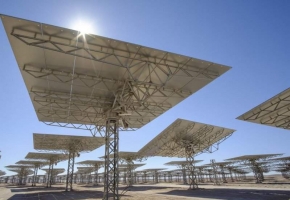Key Indicators On The Oil Price Path ‘After’ Covid-19

DALGETY BAY, SCOTLAND: The Liberian-registered oil tanker Goldway berths at Hound Point Oil Terminal on the Forth Estuary, as uncertainty continues in the global oil market as a result of the coronavirus (COVID-19) crisis, and the oil price war between Russia and Saudi Arabia, on April 6, 2020 in Dalgety Bay, Scotland. (Photo by Ken Jack/Getty Images)
Undoubtedly, the dominant factor in the oil market for the next twelve to twenty-four months will be the progress of the pandemic, which will reduce economic activity and thus oil demand to an uncertain degree and with unpredictable timing.
My take is that prices will recover somewhat, with Brent reaching $35-40 and WTI $5 below that. There are certain indicators that might provide guidance as to the likely path that prices will take.
First, there will be continued cases of covid19. Oil demand will be more influenced by the path in the advanced nations. If breakouts in those countries can be identified and contained quickly without new lockdowns, oil demand will be largely recovered by mid - to late-summer.
The vital question of storage adequacy can be addressed by some indirect indicators, including the level of contango on the futures market and tanker rates.
Consumer spending will be difficult to predict but reports from credit card providers like Mastercard should provide an early indicator of a return to economic activity.
International air travel is likely to be severely constrained as long as quarantines are imposed on incoming travelers.
Rising Chinese imports could indicate economic recovery and rising demand, but could also reflect purchasing cheap oil for later usage.
The most important post-pandemic question concerns how well OPEC+ will comply with the projected cuts once inventories begin to decline. Probably the best indicator that cohesion is breaking down will come when the Saudis, as the dominant partner, begin to complain about overproduction, and especially by the Russians. At that point, the price recovery will slow and possibly reverse.
Sadly, as if often said of recessions, we won’t really know what is happening until it has happened. Watching oil prices minute by minute tells us what traders think is occurring with regard to supply and demand, which is based on the news, real or faked, but as days and weeks pass, the price of oil increasingly tracks the fundamentals of supply and demand.
Source: Forbes







